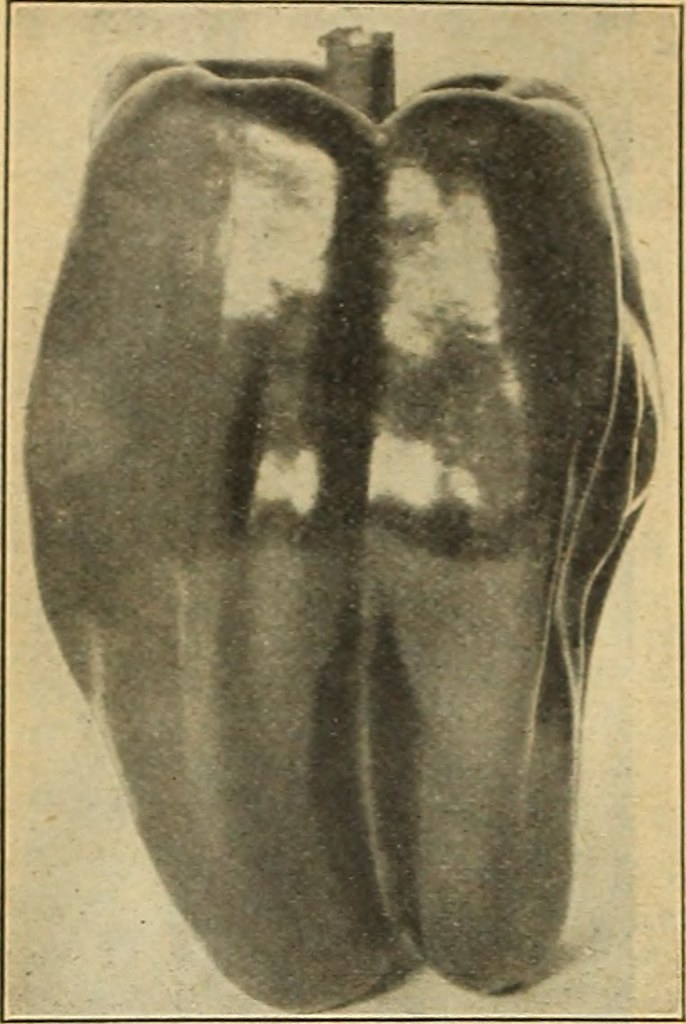Growing Peppers Indoors – Guidelines & Tips
Growing peppers indoors is a rewarding experience and many people are beginning to explore this unique way of gardening. Growing peppers indoors requires the same basic elements as outdoor cultivation, however, certain adjustments need to be made in order to accommodate for the lack of sunlight.
Climate and Environment
When growing your peppers indoors, you need to ensure the environment surrounding the plants is conducive to their growth. Temperatures should be kept between 65-80°F, preferably on the warmer end of the spectrum. As for humidity, you should keep it around 40-60%, and maintain a steady level. It is essential that your peppers receive a considerable amount of light, and lack of such can significantly stunt the growth. Try to find an area in the house that gets at least 8-10 hours of sunlight a day.
Soil and Fertilizer
When selecting your soil, you want to go for something with a good aeration and excellent drainage. This soil can typically be found in mixes for vegetable gardens. Your fertilizer should also be specifically tailored for peppers, which will ensure maximum yield and plant growth. To get the best results, be sure to follow the instructions listed on the fertilizer packaging.
Container Size
For your container size, aim for something between 1-2 gallon depending on the type of pepper and its size. Once the plant gets too large for the container it will become root bound and eventually stop growing. A great way to judge whether the container is too small is to check the health of your plant. If it appears to be stunted in size and aren’t producing peppers as they should, it may be due to the container size being too small.
Watering
Proper watering is essential to the growth of peppers indoors. Your soil should be damp at all times, not soaked or dry, as this may cause the pepper plant to become stressed and potentially die. You should water the plants about once a week or when the soil has dried out, depending on the climate and temperature in your home.
Pest Control
Pest control can be one of the most difficult factors to maintain when growing peppers indoors. You will want to attempt to avoid this as much as possible, since these plants can be sensitive to pesticide sprays. To prevent any bugs or other pests from invading your pepper plants, you can use natural methods such as neem oil or nematodes.
Harvesting
Since peppers harvested indoors will be grown in a controlled environment, you can expect a longer harvest period when compared to ones grown outdoors. Be sure to keep your eyes peeled for signs that your peppers are ripe and ready to eat. Generally speaking, you should be able to enjoy your peppers within one to two months.
Growing peppers indoors can be a challenging and rewarding experience, but with the right conditions, knowledge, and effort, you can be assured of a steady and plentiful harvest. Follow these guidelines and tips carefully, and you will be well on your way to a successful endeavor.



